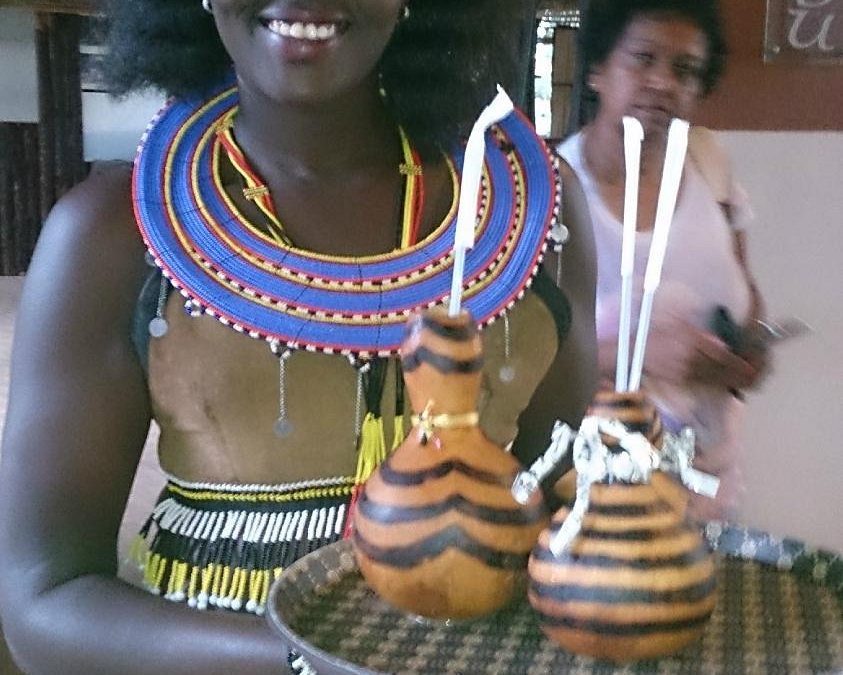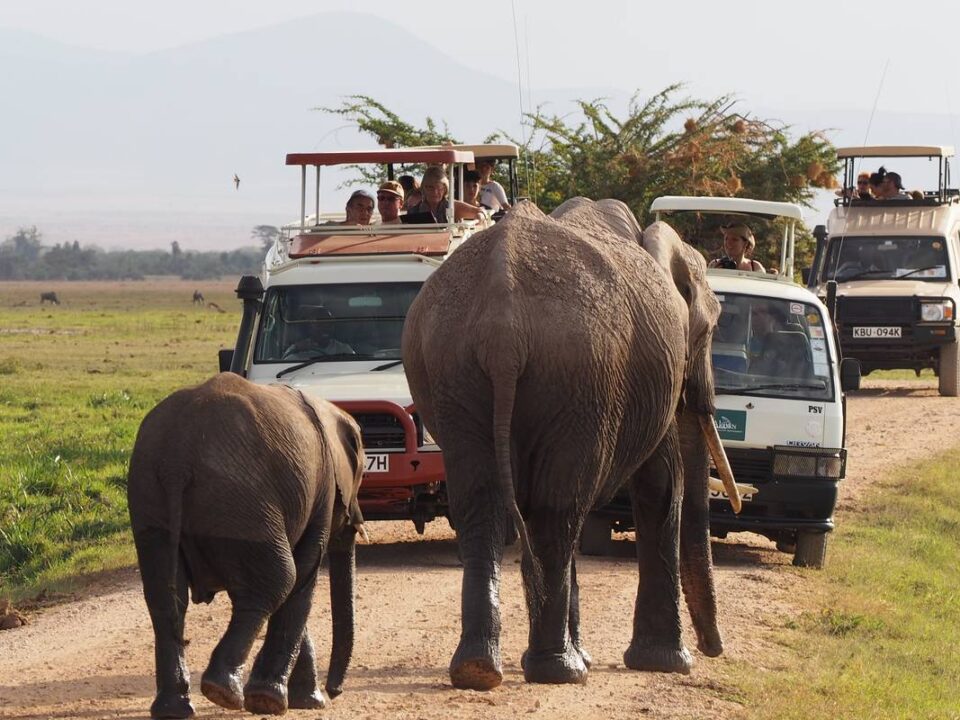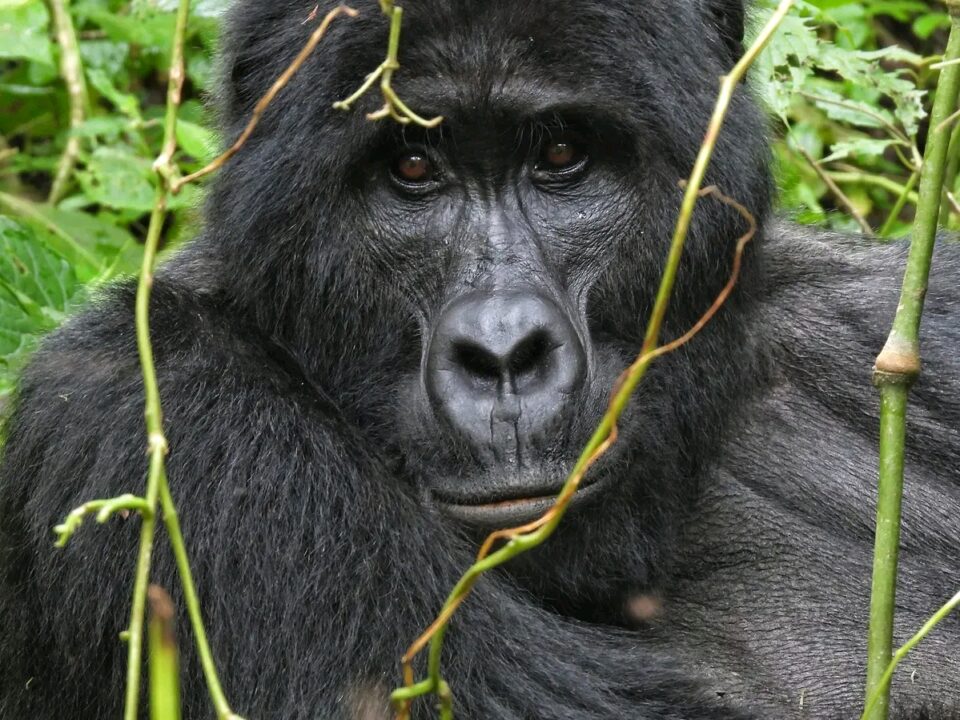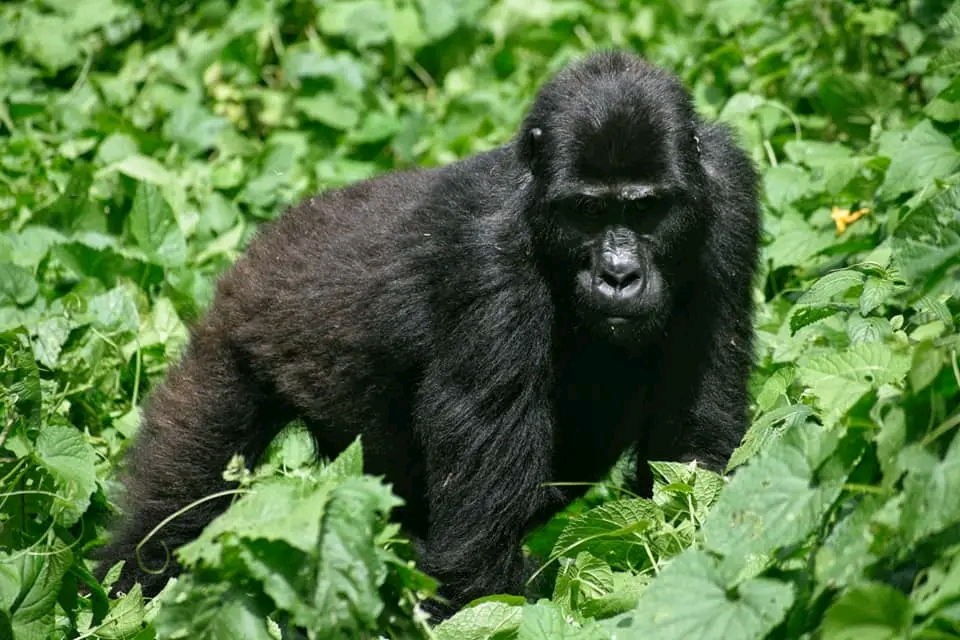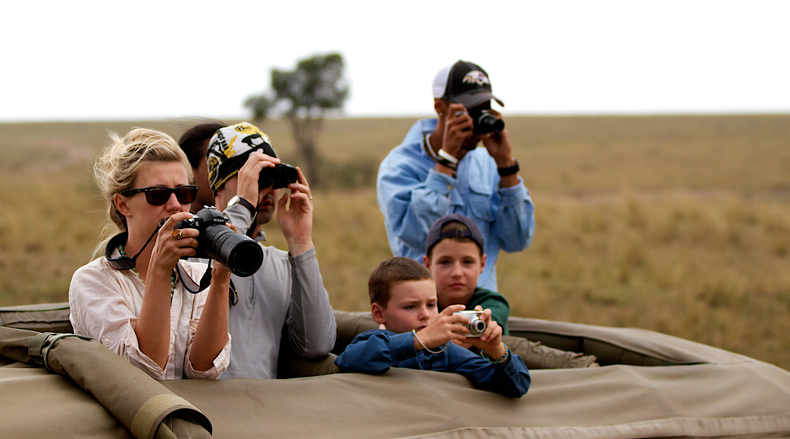
Is Uganda safe and politically safe for safaris
October 4, 2022Rwanda Safari Prices
October 17, 2022Cultural Tour in Uganda – Cultural safaris in Uganda – all you need to know about Uganda’s culture
Cultural Tour in Uganda – Cultural safaris in Uganda offer more than exceptional safari experience that will leave you connected to the local people. On top of the abundant biodiversity, Uganda is blessed with fascinating cultures in each respective region of the country. Cultural Tour in Uganda with Acacia Safaris Limited will take you to some of the top cultural sites in the country.
As you learn the most incredible untold tales behind the various beliefs and cultural practices in Uganda, a cultural safari to the gem of Africa will astound you! The country is one of the best destinations for a cultural safari because of the variety of ethnic groups found there. A great wonder for many tourists, Uganda is home to more than 50 different tribes, speaking different languages with different cultural beliefs and practices. The central Sudanese, Nilotics, and Bantu peoples are the three distinct linguistic groups, though the various tribes in Uganda speak a variety of languages.
Our complete guide on cultural safaris in Uganda – Cultural Tour in Uganda
The Buganda people
Baganda are Bantu-speaking people that live near the shores of Lake Victoria. The Buganda kingdom is the largest of the medieval kingdoms in present-day Uganda, became an important and powerful state during the 19th century. The Kingdom was established in the late 14th century along the shore of Lake Victoria, it evolved around its founding kabaka (king) Kintu, who came to the region from northeast Africa. Kintu, who arrived as the leader of multiple clans, conquered the area, defeating the last indigenous ruler, Bemba Musota, to establish his new state. Kintu, however, ordered the new clans to intermarry with the indigenous people creating the Buganda ethnic group.
If you want to experience culture in the Pearl of Africa, consider taking a cultural safari in the Buganda Kingdom. The Kasubi Tombs, the final resting place of the Buganda royal family, is one of the exciting attractions in the Buganda kingdom. Since four former Kabakas (Kings) are buried here, a visit will provide you the chance to learn more about their past. The genuine tombs of Kasubi Tombs are concealed by a bark cloth, and the area beyond it is called Kibira, which means “forest curtain.” Here, raised platforms display the personalities and names of all the Kabakas. A visit here is really rewarding!
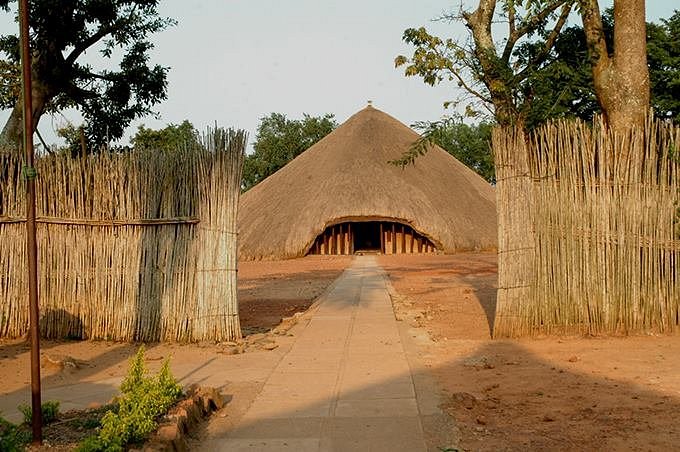
Cultural Tour in Uganda
The other places to visit while in Buganda
The Kabaka’s Palace ( Twekobe) – The Kabaka’s Palace was established by Kabaka Mwanga II and up to now the Palace serves as the official residence of all the last 6 Kings of Buganda Kingdom. The word Twekobe – means come together in oneness for a cause, therefore the people of Buganda came together to construct a palace for the Kabaka on the Mengo Hill and it is in this Palace that the Buganda agreement was signed in 1900.
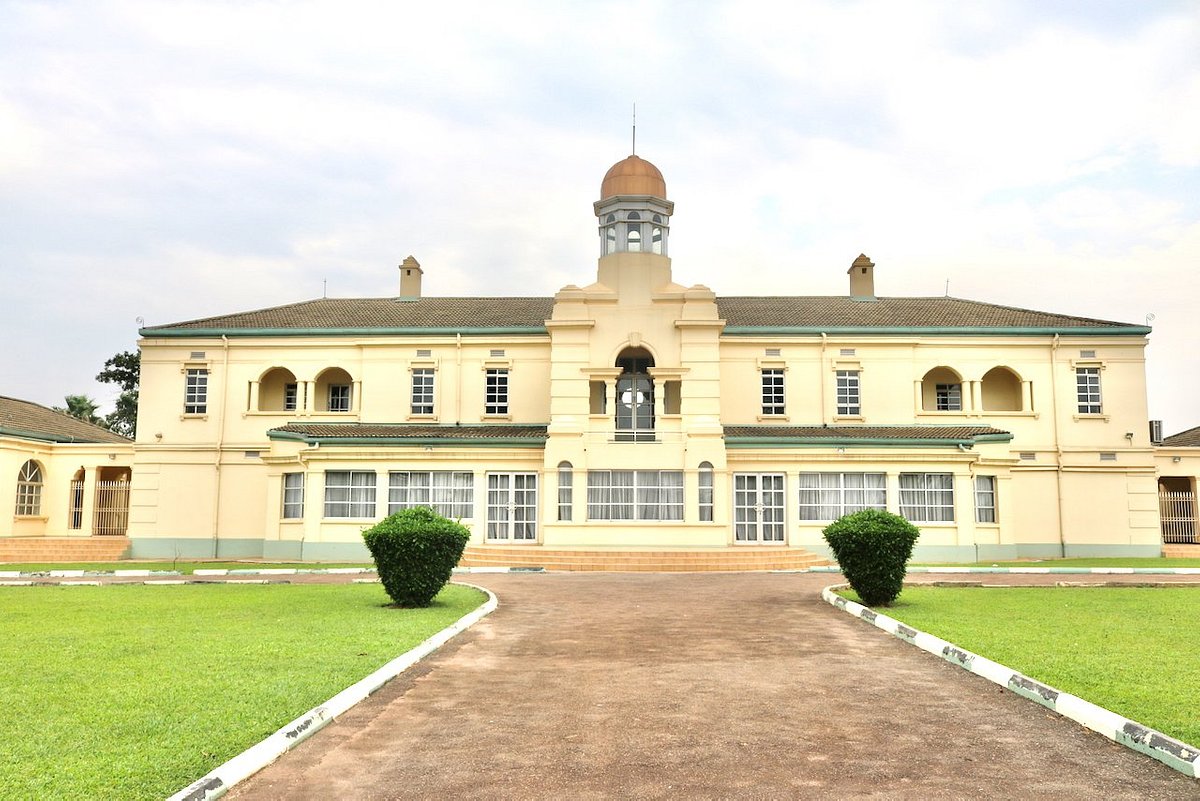
Cultural Tour in Uganda
The Buganda Parliament (Bulange)
Under Kabaka Muteesa II’s leadership, the Bulange was built during the colonial era with the intention of serving as the Buganda Kingdom’s parliament (Lukiiko) and up to date, it serves as the parliament of this Kingdom.
The Royal Mile – This is one of the places that will give a glimpse sight experience of the ancient architectural designs. The royal mile is a road that was constructed perfectly in a straight line to connect the Buganda parliament (Bulange) to the Twekobe the Kabaka’s Palace.
Batwa Pigmies
South-western Uganda’s districts of Bundibugyo, Kabale, Kisoro, and Rukungiri are home to the Batwa Pygmies. The Batwa lived in Uganda’s Bwindi Impenetrable National Forest before being forced to leave, which made them reliant on the Mgahinga and Bwindi Impenetrable Forest Conservation Trust. Over 150 years have passed since the hunter-gatherer group first settled in this region. After a gorilla climb in either Bwindi or Mgahinga national parks, it is very worthwhile to visit this hunter-gatherer tribe because of its intriguing lifestyle.
Uganda Wildlife Safaris Related Searches
- Uganda Safaris Tour
- Uganda Gorilla Safari Packages
- Uganda Wildlife Safari Packages
- Uganda Birding Safari Packages
- Chimpanzee Trekking Safari Packages
- Long Uganda Gorilla Safaris
- Long Uganda Wildlife Safaris
- Short Uganda Gorilla Safari Tours
- Short Uganda Wildlife Safaris
- Uganda Wildlife Safaris
- 5 Days Best Gorilla Trekking Safaris Uganda
- 5 Days Best Uganda Wildlife Safaris Tour
- 6 Days Best Uganda Adventure Tour
- 7 Days Best Uganda Gorilla Trekking Safari
- 7 Days Uganda Primate Tour
- 8 Days Best Uganda Safari Itinerary
Uganda Gorilla Trekking Tours Related Searches
- Long Uganda Gorilla Safari Tours
- 9 Days Classic Uganda Wildlife Safari
- 12 Days Affordable Uganda Adventure Tour
- 13 Days Classic Uganda Adventure Tour
- 14 Days Ultimate Uganda Wildlife Safari
- 15 Days Wildlife Safari Africa
- 16 Days Best Uganda Birding Safari
- 18 Days Best Uganda Adventure Safaris of a Lifetime Tour
Rwanda Safaris Tour Related Searches
- Rwanda Safari Holidays
- 5 Days Rwanda Wildlife Safari
- 6 Days Best Rwanda Wildlife Safari
- 6 Days Rwanda Wildlife Tour
- 13 Days Uganda Wildlife Safari Rwanda Primates Tour
- Rwanda Tourist Attractions
- Birding/Bird watching Safari in Rwanda
- Birding Safari in Rwanda
- Gorilla Tracking Safari Rwanda
- Wildlife Safari in Rwanda
- Wildlife Safaris in Rwanda
- Chimpanzee Tracking in Rwanda
- Gorilla Trekking Safari Rwanda
- Africa Adventure Tours
- East Africa Safaris
- Rwanda Safari


